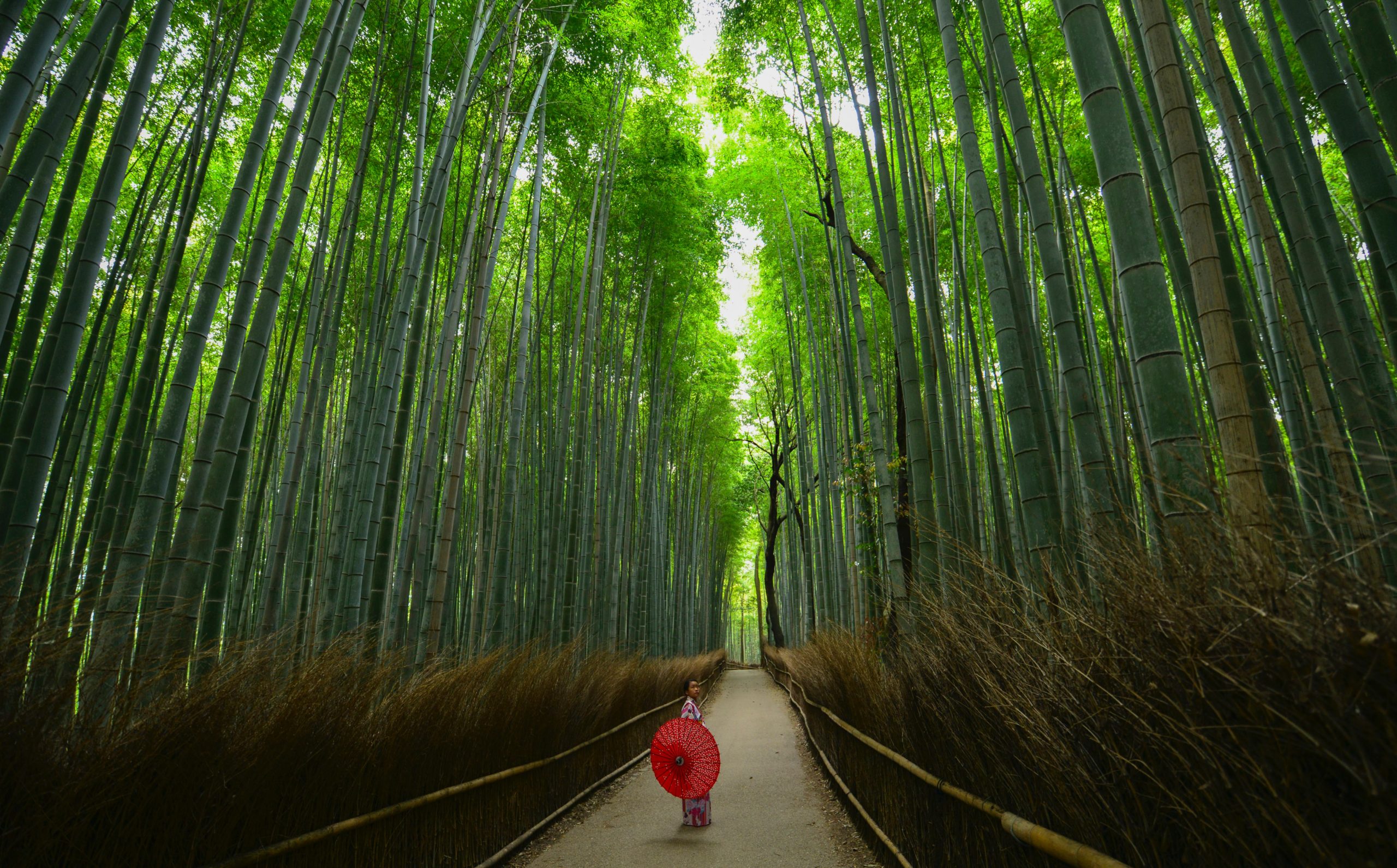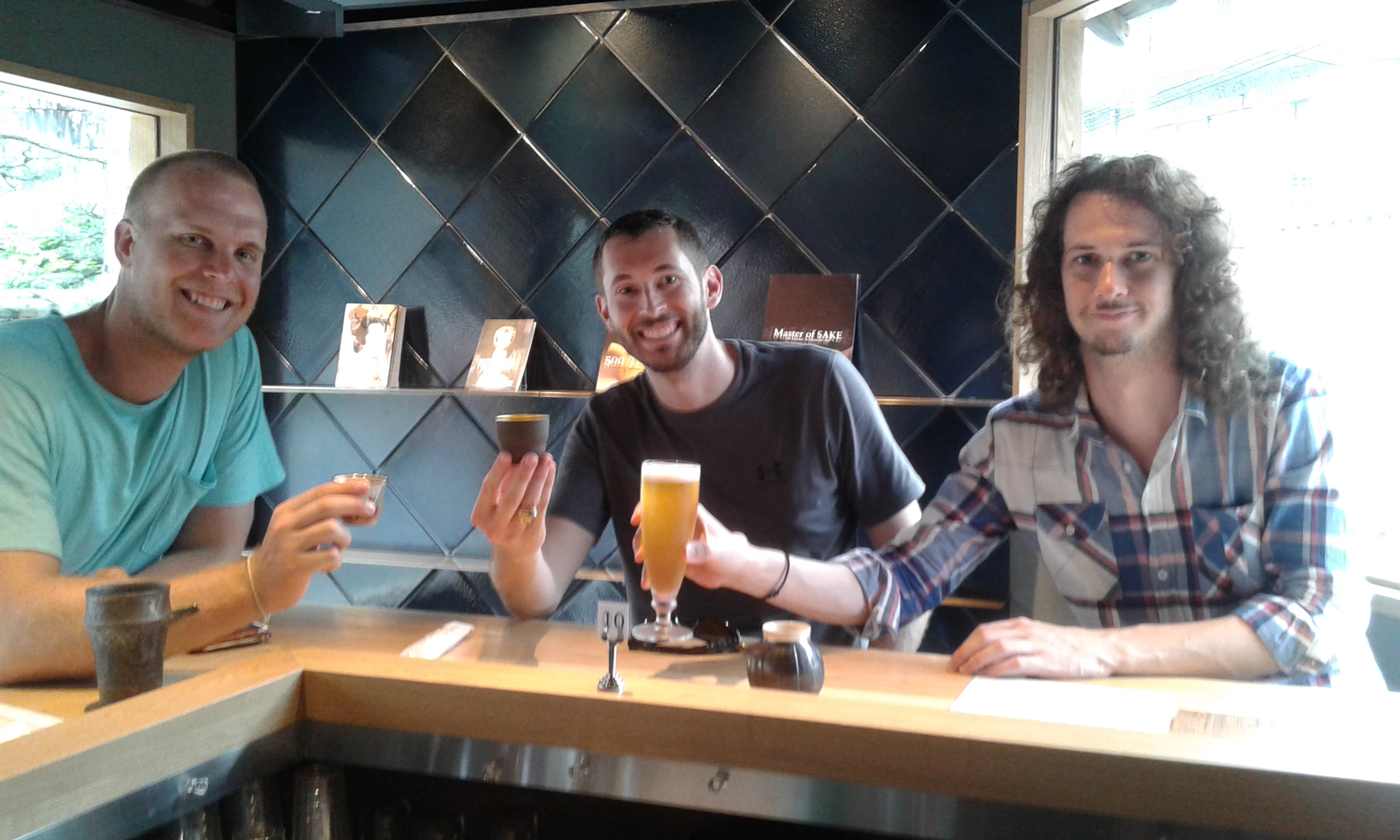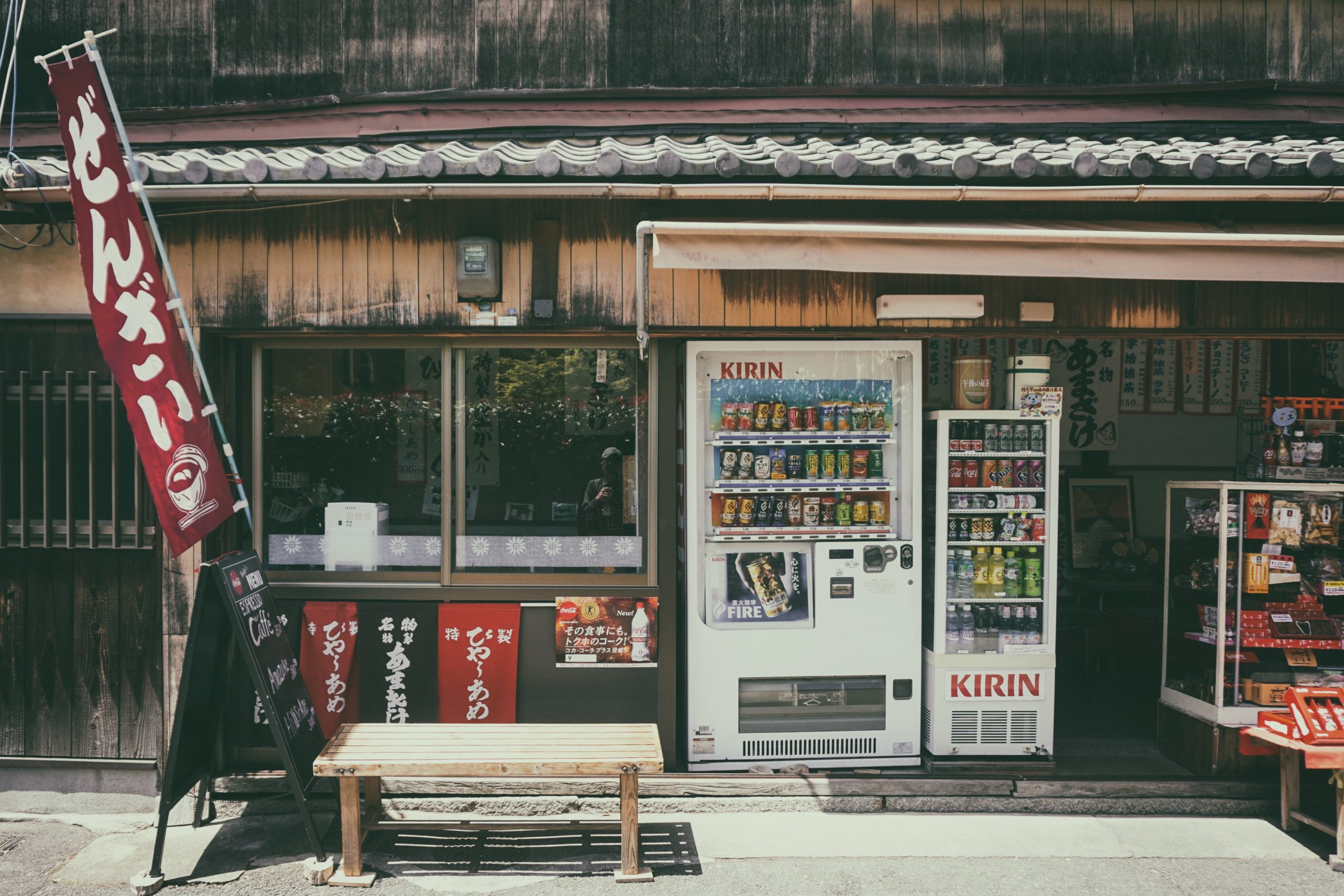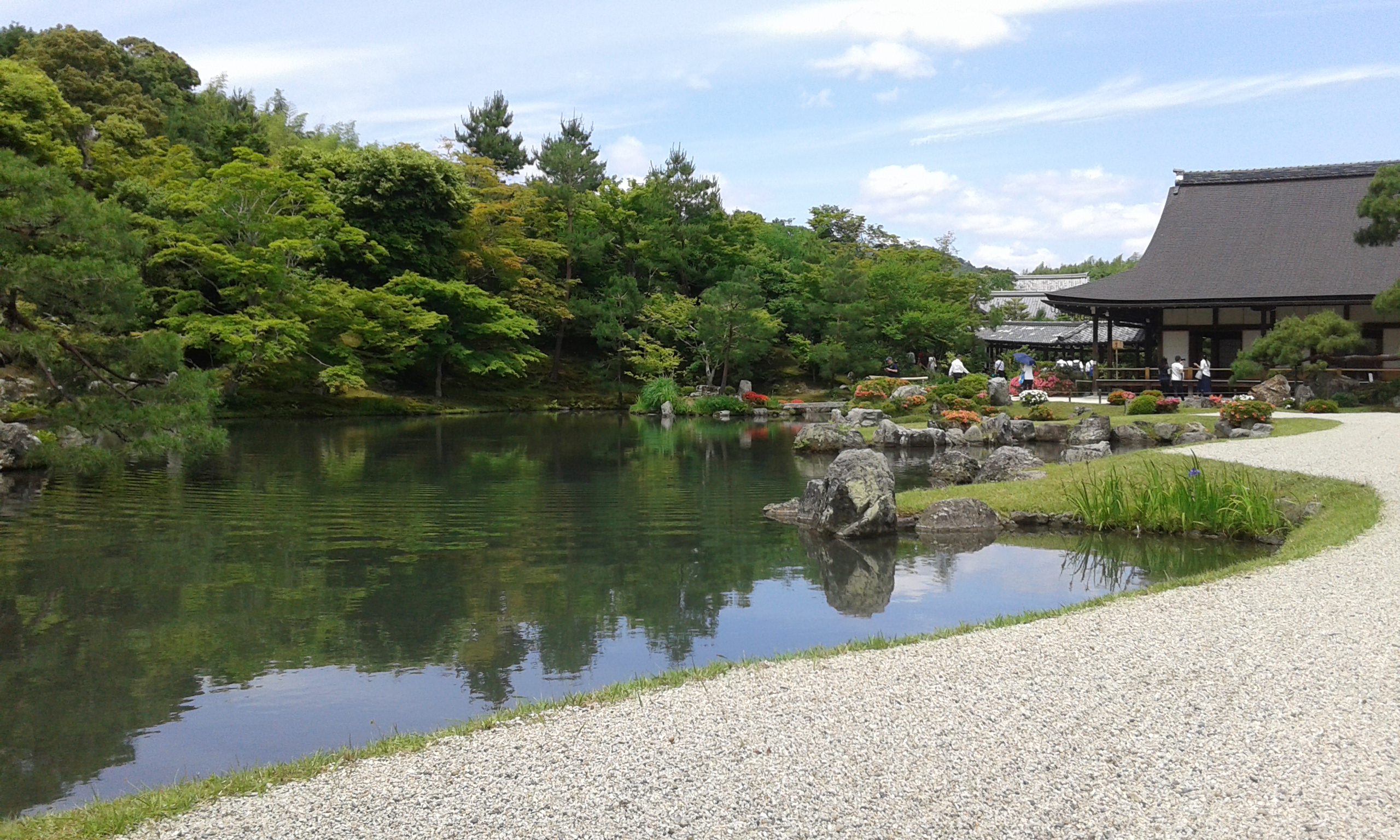Because I anticipated a big adjustment into Japanese culture when Teaching English in Japan, I spent time reading articles and watching videos on best practices for foreigners arriving in Japan: Do’s and Don’ts, What to Expect, Must See While in Tokyo, Osaka, and Kyoto and on and on. After having lived in Thailand for five years, I wanted to be prepared for the notorious culture and immense etiquette that Japan is known for. And though watching these videos helped push me in the right direction, nothing quite prepared me for landing in the country and adjusting these practices around my daily life.
I arrived in Narita after a 12-hour flight, excited and exhausted, descending the escalator to the platform of the train that would take me into the heart of Tokyo. I gazed at the signs surrounding me, recognizing some Kanji I had begun studying, looking at the different faces ascending next to me, turning around and noticing the line of people waiting patiently behind me, because I was standing, like a jackass, in the walking lane. It was a minor offense, but it made me hyperaware of my actions anytime I stepped in public.
 Japan features not only cutting-edge technology and innovation that it's famous for but also lots of green space - like this Bamboo Forest.
Japan features not only cutting-edge technology and innovation that it's famous for but also lots of green space - like this Bamboo Forest.
We're not in Kansas Thailand anymore.
I had a certain sense of uneasiness those first few weeks, never quite sure if what I was doing was considered appropriate, even if I was just standing on the sidewalk. I found that little things around the city astonished me. Like waiting at a crosswalk with a group of businessmen and women, and despite there not being a single car on the road, no one moved until the light turned green.
After living in small towns in Thailand, and a year in Myanmar, I had gotten used to people watching me as I wandered the streets. It never bothered me, in fact, I found myself to be just as curious about them. And so I’d lock eyes with complete strangers, exchange a quick greeting and a smile before moving to the next person up the road. But as I wandered the tiny streets in the outskirts of Tokyo, I found people looking away, not towards me. Though I knew adjustment into Japanese culture would take some tiI felt a little disheartened at first. I had grown fond of the connection complete strangers could make, but knew that this was just part of the culture. Privacy is an important aspect of life in Japan, and I had to train myself to keep my eyes in front of me.
I knew that Japanese people were shy, but I was not prepared for their degree of shyness when I began my job as a teacher.
Most teachers wouldn’t speak to me or even look up when passing me in the hall. As a shy person myself, I made a promise that when I began my job, I would be the one to initiate conversation with my new co-workers. But now that I was there, face-to-face with them, the task seemed more daunting than I had hoped. My desk in the office was positioned just in front of the vice-principal. In my downtime, I would lean over and ask him how his day was, or if he had a good weekend. He’d answer with one or two words, his eyes hardly leaving his desk.
This took some time and persistence. It was hard not to be discouraged, but any chance I got, I’d try to initiate some rapport. After a while, I noticed the teachers starting to open up to me: asking about my life back home, how I used my free time in Japan. Slowly our personalities came out more and more, and we joked together, despite the huge language barrier. Even the Vice-principal would occasionally muster up the courage to ask me about how I was doing, or what food I liked in Japan.
Outside of work? A whole new person
Once or twice while teaching English in Japan, I ran into a teacher at a bar or restaurant, and the personality change was astonishing. We’d cheers and order each other rounds, suddenly both of us with a million things to say. I would leave thinking, “All this time I thought she hated me.” But one’s behavior at work is expected to be reserved and professional. If I imagine myself at work, I probably looked even more timid and unapproachable as a lot of them. Even now, I wish I had opened up more, would not have been so intimidated to speak, but to be fair to myself, I’m also proud of the giant strides I made with the teachers I worked with.
 Adjustment into Japanese culture includes learning things like language and history, but also cultural and social norms.
Adjustment into Japanese culture includes learning things like language and history, but also cultural and social norms.
Japanese dining etiquette: slurping, hand positions, and chopstick finesse
While in Bangkok, I made friends with a Japanese girl studying English. She showed me the best restaurants and food stalls to find sushi, dumplings, ramen, and during my lunch hour, she gave me tutorials on proper Japanese etiquette. “You’re supposed to slurp?” I asked her.
“Right,” she said. “It’s polite.”
I spent the hour literally choking down noodles, not understanding how to do it without making a mess. Between bites, I stabbed my chopsticks into the bowl. “Not like that,” she said. She took my chopsticks and rested them on the rim. When I raised my rice bowl, she took it from me, adjusted my hand so the thumb rested on the lip and my fingers supported it underneath. I still don’t understand why it matters how I hold my own bowl, but Japanese people are taught to do things a certain way, there are no substitutes. After a few visits to the ramen shop and plenty of practice slurping, she asked what I thought. “It tastes better, doesn’t it?”
I raised my eyebrows and nodded. “For sure,” I said. “I get it now.” The truth is even after eating countless bowls of noodles in Japan and other places around the world, I’ve never noticed a difference in taste when slurping. But the Japanese swear by it, and I’m not bold enough to question them.
 While
Teaching English in Japan, you can expect to see tons of vending machines - an estimated nearly 5 million!
While
Teaching English in Japan, you can expect to see tons of vending machines - an estimated nearly 5 million!
A protocol is in place, from izakayas to convenience stores.
After I moved to Japan, I noticed the etiquette in restaurants changed depending on what kind of place it was. Easy going “izakayas” (Japanese-style bars) were great for meeting people and trying new food. We shouted and clicked glasses with strangers and chugged beer after beer. Other days, I’d join a friend or two and once inside a restaurant, we’d remove our shoes, our voices low. We’d sit on the floor around a small table, order a round and different plates to sample together, and once the waitress left, she closed us into our section to give us privacy.
One of the most memorable moments for me while in Japan was during a weekend trip to a neighboring city. Before I hit my next destination, I stopped by a convenience store to down some instant noodles. I grabbed a stool at the counter by the window and let the boiling water settle. I used the wooden chopsticks I got from the register and slurped, used to it by then. An old man a few stools away looked up from his newspaper and put his hand to his forehead. “Sugoy,” he said. He shook his head in disbelief, I didn’t know what the fuss was about. I can’t decide if I’m prouder of his reaction, or that I actually understood him when he said, “You eat like you’re Japanese.”
On knowing how to address those around you
I worked in a small town between two cities. Twenty minutes north of me was the capital of Tochigi Prefecture, Utsunomiya. Five minutes south by train, the small city of Oyama. I spent weekends exploring the streets and finding places to grab a drink and good food. On days when I was feeling social, or missing home, I would head to these places to share a bottle of sake or down a couple pints.
An important aspect of Japanese etiquette is knowing how to address the people around you. In English, we have words that are more polite than others. In Japanese, learning how to speak to someone politely is almost like learning an additional language. On top of that, knowing when to use it wasn’t as easy as I’d thought. As a rule of thumb, I spoke politely until I became comfortable with the person. If they were my age, I used the same speech as they did with me.
A caution against being...too formal
One of my favorite izakayas was a tiny place only a block and a half from my apartment. The woman who ran it was in her 60s, as were all her patrons. I was always the youngest person by at least 30 years. After knowing her and a few of her regulars for several months, I asked her if I should use polite speech with her.
“You shouldn’t,” she told me.
This surprised me. “But you are my…” I raised my hand above my head, trying to remember the word. “You’re older than me,” I said.
“But I’m not your superior.” She was sitting across from me on a cushion that looked identical to the one in my grandmother’s house. “We’re friends. It’s cold to be so formal with me.”
My principal laughed anytime I corrected myself with her. I would use informal speech without thinking, then quickly fix it—panic on my face—worried I had offended her. The good news is that Japanese people know you grew up in a different culture than their own. They may expect you to follow their rules of etiquette, but are understanding when you’re not perfect. On the contrary, they’re very impressed when they see you making such an effort.
 With our
Paid Teaching in Japan program, you can experience a truly immersive lifestyle in the Land of the Rising Sun!
With our
Paid Teaching in Japan program, you can experience a truly immersive lifestyle in the Land of the Rising Sun!
A new pair of shoes for every setting
Once I started my job, there were lots of small things that took some getting used to. Wearing shoes indoors is a big deal anywhere in Asia, but it takes on a whole new level in Japan. I had shoes I walked to school in, and others I changed into when I stepped indoors. On top of that, a pair of blue and pink slippers were always waiting for the teachers in the bathrooms.
Every day, I walked indoors to drop my bag in my locker, then back outside again to greet the students. Then I had the morning meeting in the office, then headed to sing the morning songs with the little kids in the building next to the main campus. Then back indoors right after assembly. I changed shoes at least five times during the first twenty minutes of work every day. I really want to emphasize that when I say every day! This is excluding taking the kids to the English room behind the main campus and trips to the bathroom. I got used to it quickly and was never annoyed, but I can’t imagine how many times I changed shoes from Monday to Friday for the year I spent at that school.
Other aspects of adjustment into Japanese culture
There were certainly a lot of other things that took getting used to when it came to adjustment into Japanese culture. Being an American, it felt strange never tipping a server or taxi driver, but it’s considered rude and condescending in Japan. Or pouring drinks for my elders if eating together, or walking in public and eating at the same time.
I had plenty of practice using chopsticks in Thailand, but remembering how to place them down properly, or not using them to point took some adjustment. Lifting bowls of rice and small dishes was totally fine, but lifting large plates wasn’t. After a while, things like this became second nature, and finding lists of proper etiquette nowadays is as easy as a search online. If I was ever unsure about something (blowing my nose at the table), I simply didn’t do it until I found out. Make some mistakes once and you’ll likely not do it a second time.
One final rule of thumb
A friend told me that she traveled to Japan with a couple of friends, and one, so nervous about being offensive, hardly left her hotel room. This is thinking way too hard about adjustment into Japanese culture. Unless you’re taking place in a ceremony, or beginning work, a lot about following Japanese etiquette in daily life is pretty common sense. Take some time to read up on the basics, and you’ll be fine. Be considerate in public, drop your bad habits of eye-rolling and exclaiming frustration with your hands. But don’t be afraid to be outgoing and friendly either.
What you’ll find is that the people of Japan are just as curious about you as you are with them. And tiny mistakes are completely forgivable. A good rule of thumb: just do as the Japanese do. So strike up a conversation with the table next to you. Order a round, smile and say thank you. They’ll love you, I promise!


Comments